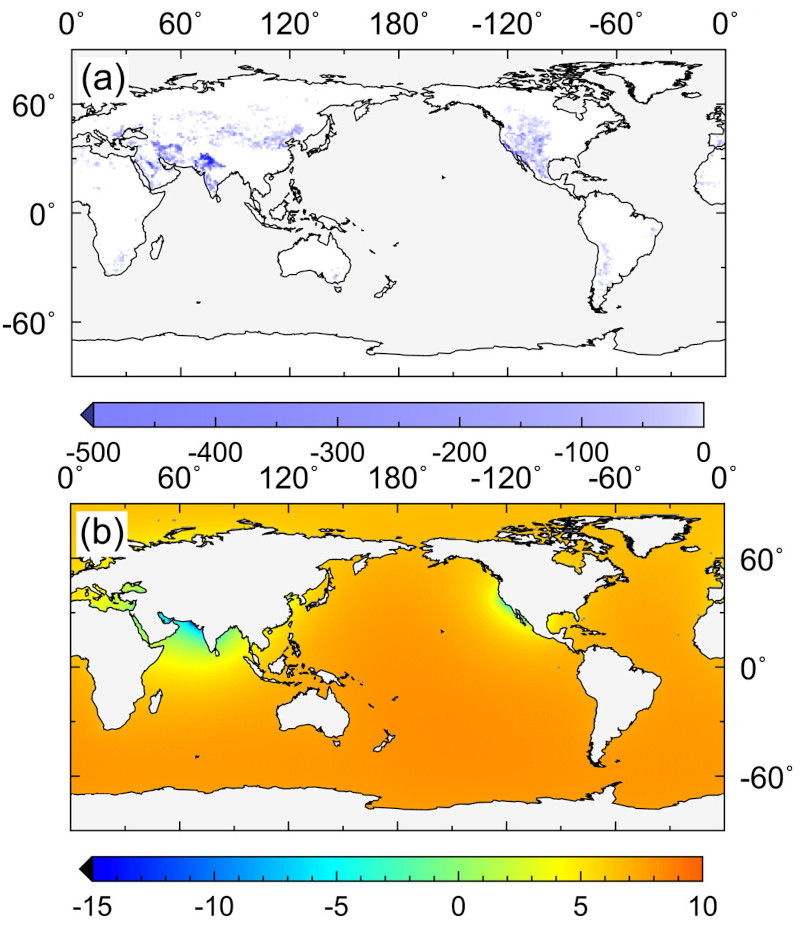Over the past 20 years, the Earth has tilted 80 centimeters due to intensive pumping of groundwater. An intervention of this magnitude resulted in the reallocation of 2,150 gigatons of water between 1993 and 2010. This not only changed the axis of rotation of our planet, but also raised sea levels by 6.1 millimeters. These facts demonstrate the profound influence of human activity in accelerating global climate change.

Image source: Anne Nygård / Unsplash
Published in the journal Geophysical Research Letters, the study provides compelling evidence of the influence of anthropogenic factors on changes in the tilt and rotation of our planet. Ki-Weon Seo, lead author of the study and professor of geophysics at Seoul National University (SNU), said: “The Earth’s rotation pole is actually shifting a lot. Our study shows that among climate-related causes, groundwater redistribution has the greatest impact on the shift in the Earth’s rotation pole.” Scientists have expressed concern that such impacts have long remained underestimated.
The redistribution of water masses affects the Earth’s rotation axis, similar to adding weight to a spinning top: even a small change in mass can significantly affect the trajectory of movement. A 2016 NASA study found for the first time that the movement of water between land and oceans influences the planet’s rotation. However, only the new study provided precise quantitative data. “I am very glad that we were able to explain the previously unexplained reason for the shift of the rotation poles. On the other hand, as a resident of the Earth and a father, I am concerned and surprised that groundwater pumping is another source of sea level rise,” Sho said.

Above – changes in the volume of groundwater in the period from 1993 to 2010; Below is sea level rise. Color scales show the magnitude of changes, from significant groundwater losses in some regions to sea level rises in some areas. Image source: agupubs.onlinelibrary.wiley.com
To test the hypothesis, the researchers used computer modeling, comparing several scenarios for the redistribution of water mass on the planet. The only option that exactly matched the observed pole shift data was a model that took into account the redistribution of 2,150 gigatons of groundwater. Surendra Adhikari, a scientist at NASA’s Jet Propulsion Laboratory (JPL), said: “They quantified the effect of groundwater pumping on the movement of the polar region, and it turned out to be quite significant.”
The movement of water from certain regions plays a key role in changing the Earth’s rotation axis. The greatest impact comes from the redistribution of water masses from mid-latitudes such as western North America and northwestern India, where intensive use of groundwater for irrigation and domestic needs has led to significant changes in the planet’s mass balance as groundwater eventually drains into the oceans .
Although the effects of such movements have only recently been studied, analysis of historical data can reveal long-term trends and provide greater understanding of the impact of groundwater on global processes. This could help ecologists and environmentalists develop more effective strategies to slow further sea level rise and address other climate challenges. It is important that the necessary changes are implemented consistently and correctly in the future.